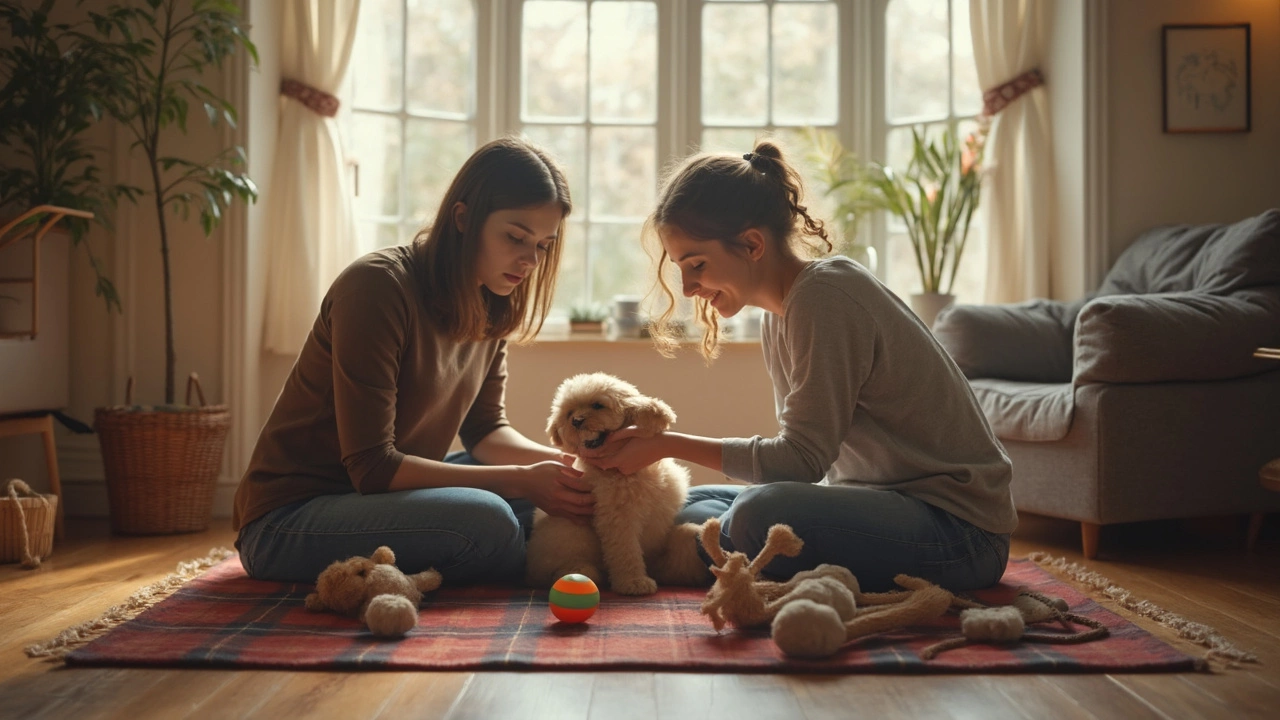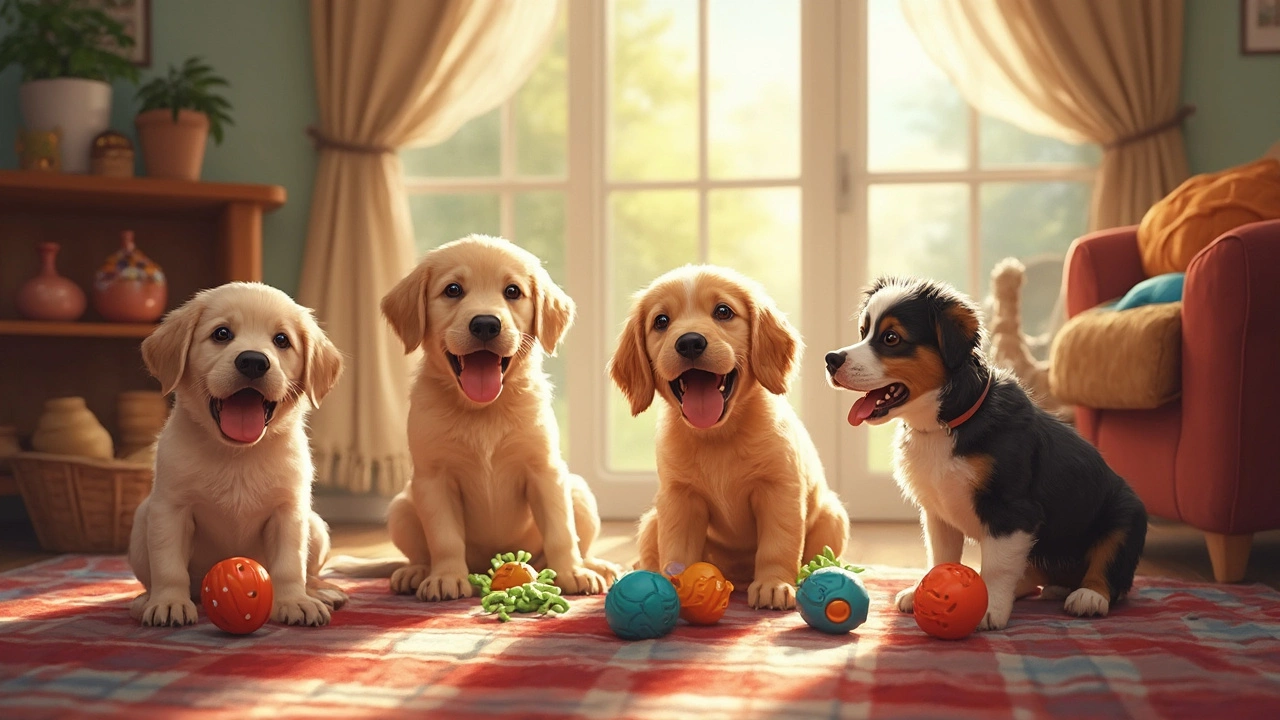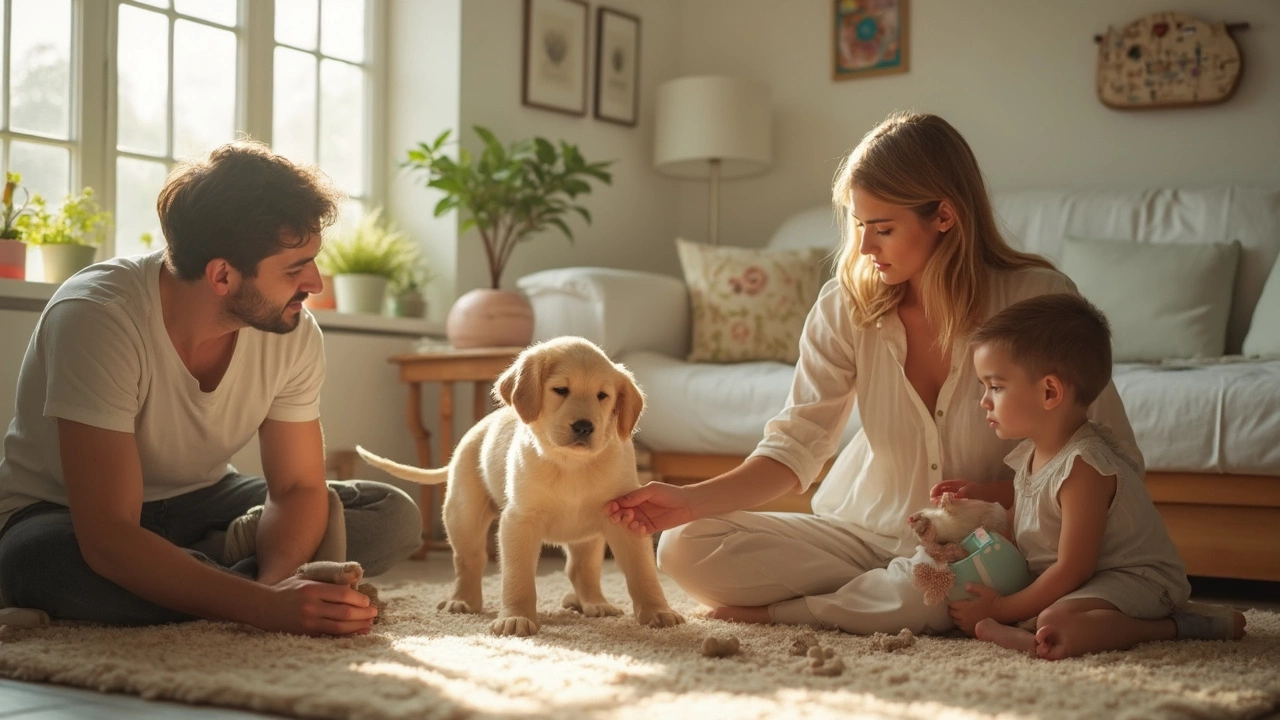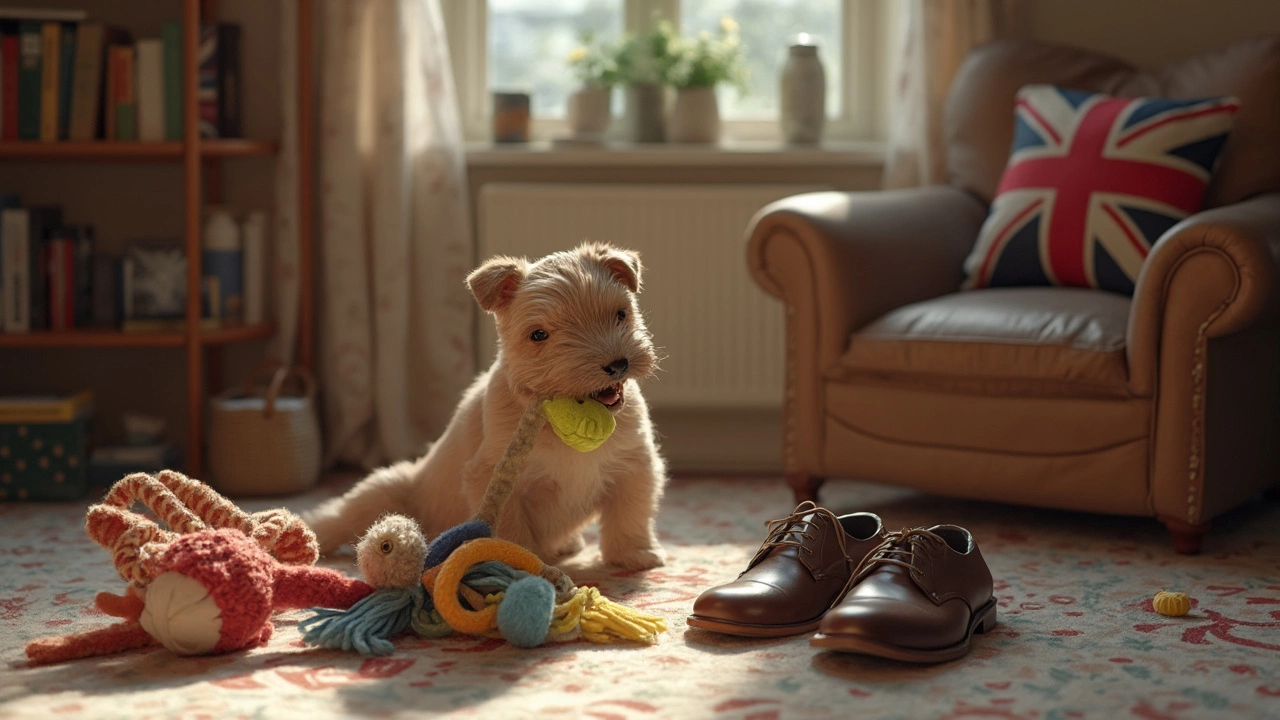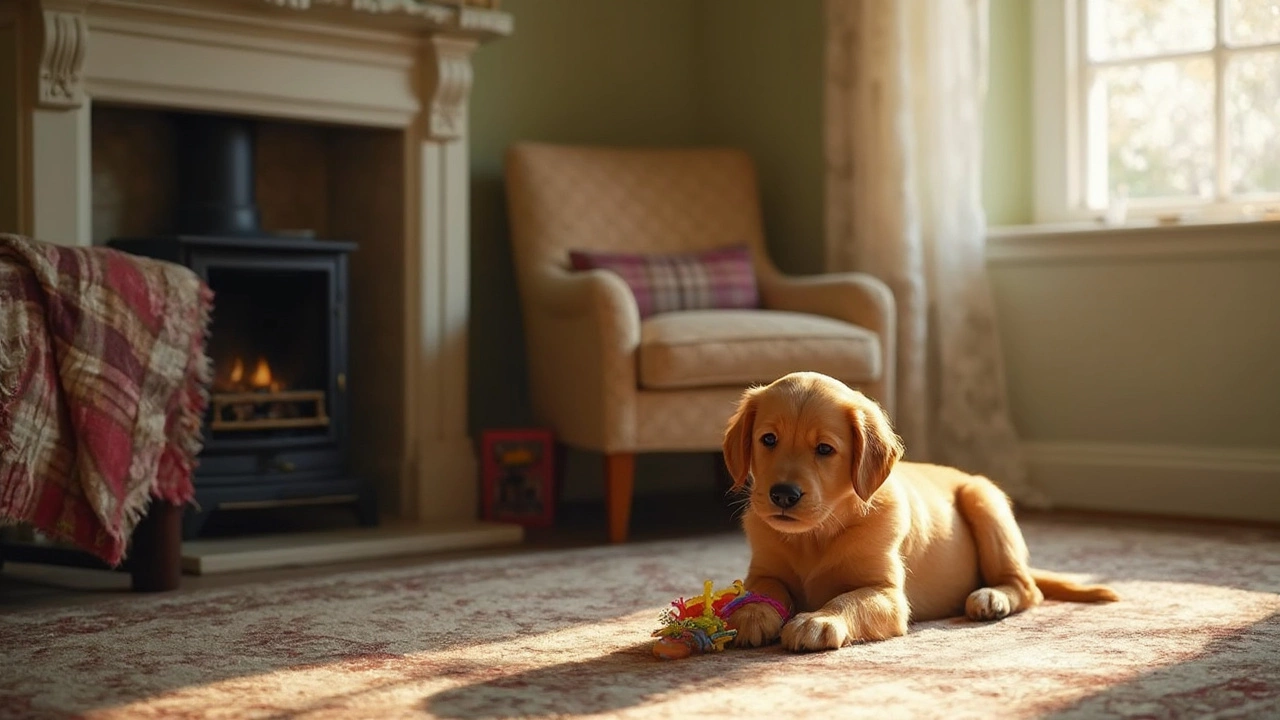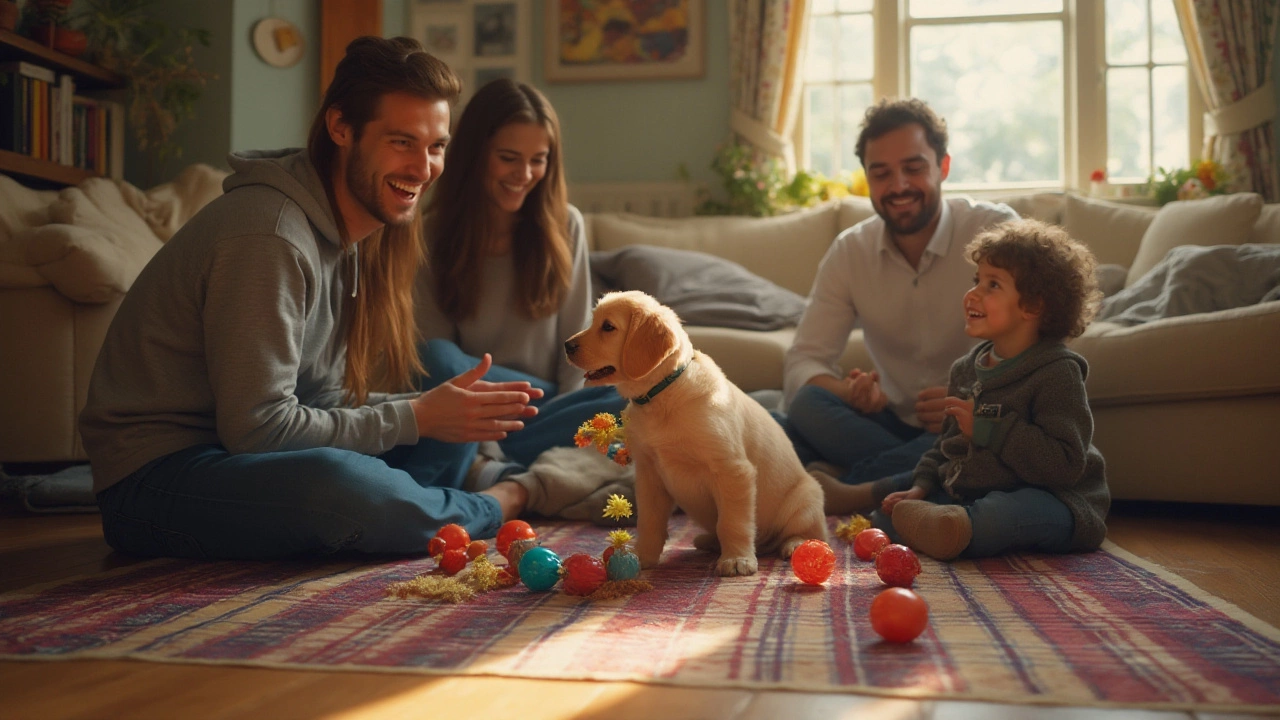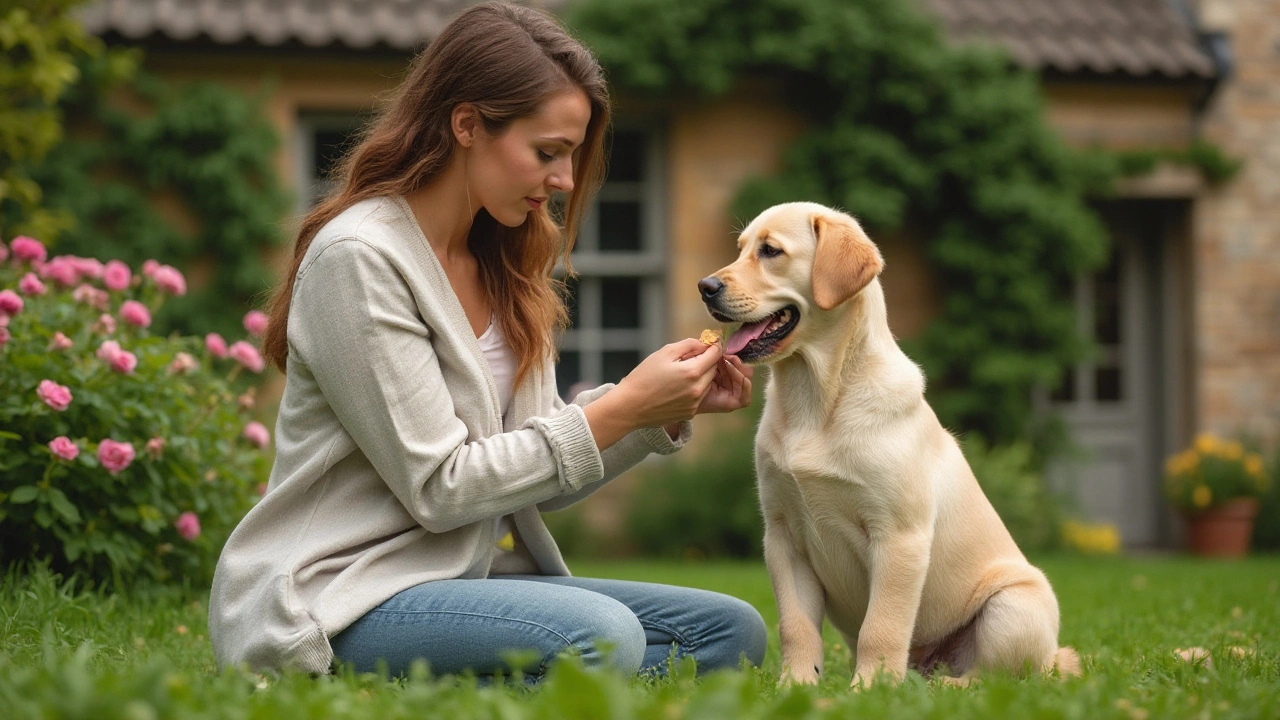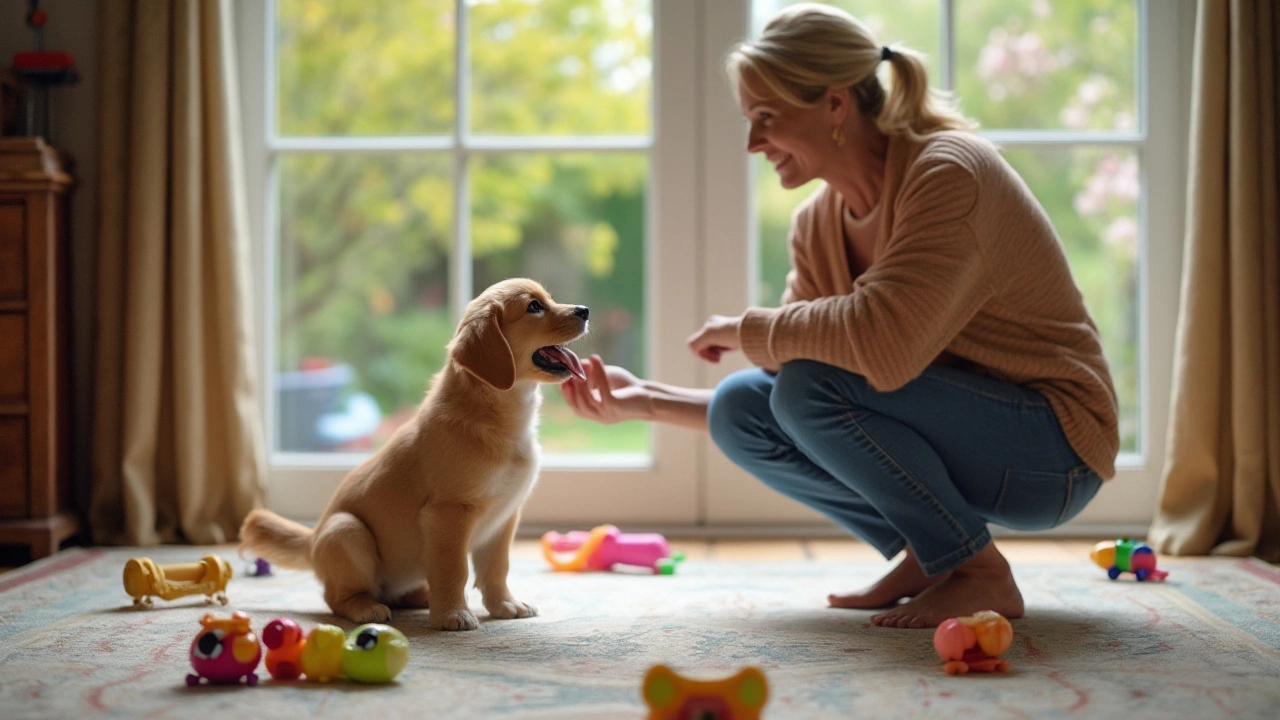Puppy Toys: What to Buy and Why
If you’ve just welcomed a new pup, toys are more than just fun—they’re tools for learning, soothing, and staying healthy. The right toy can help a puppy chew safely, calm anxiety, and develop strong jaws without damaging furniture. Picking the wrong one can lead to broken teeth or swallowed pieces, so a quick guide on safe, engaging toys saves you hassle and keeps your fur‑friend smiling.
Chew and Teething Toys
Teething starts as early as three weeks old, and a puppy will test everything with its mouth. Look for toys that are firm enough to massage gums but soft enough to avoid hurting teeth. Natural rubber, tough nylon, and frozen wet socks are popular choices because they can be chilled for extra relief. Size matters—choose a toy that’s slightly bigger than your pup’s mouth; if it fits entirely in their jaws, it’s likely too small and could be swallowed.
Vet‑approved chew toys often have a textured surface that massages gums while the puppy gnaws. Brands that advertise “no small parts” and “non‑toxic” materials are a safe bet. Rotate the toys every few days; this keeps the puppy interested and discourages boredom‑driven chewing on shoes or cords.
Comfort and Cuddle Toys
Beyond chewing, many puppies crave a soft buddy to snuggle with, especially when left alone. Small plush toys with minimal stitching work well—they’re gentle on teeth and give a sense of security. Look for toys that are washable, because a puppy will chew, drool, and sometimes make a mess.
A cuddle toy can also help with separation anxiety. When you’re away, place the toy in the puppy’s crate with a piece of your clothing; the familiar scent soothes the pup and reduces stress. Just make sure the plush toy doesn’t have squeakers that can be ripped out and swallowed.
Keeping toys clean is simple—most rubber chews can be boiled for a few minutes, and plush items can go in the washing machine on a gentle cycle. Regular cleaning removes bacteria and keeps the toys from becoming a source of illness.
Watch for signs of wear: frayed edges, cracked rubber, or loose stuffing mean it’s time to replace the toy. A broken toy can become a choking hazard fast, so discard any damaged pieces right away. Having a stash of fresh toys ready helps you swap out worn ones without a scramble.
In short, a good toy lineup includes a sturdy chew for teething, a soft cuddle buddy for comfort, and a rotation schedule to keep things interesting. Stick to non‑toxic, appropriately sized toys, clean them regularly, and retire any that show damage. With these basics, your puppy will have hours of safe play, happy chewing, and restful snuggles.

